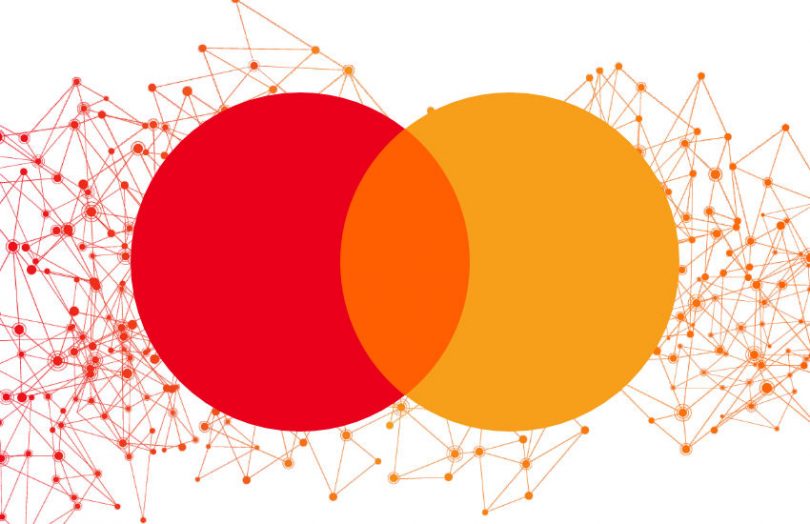The U.S. Department of Commerce called for input on digital asset regulation, following President Biden’s Executive Order on digital assets. By Friday, just eight responses were received. Two banking bodies – the American Bankers Association and the Independent Community Bankers of America – called for stablecoin regulation and neither is keen on central bank digital currency (CBDC). Mastercard provided the only substantial response of 16 pages. The closing date for the consultation is today.
Mastercard believes that the United States has all the attributes to lead the global digital assets sector, except for the lack of regulatory clarity. Its response is very balanced, avoiding laying the blame at regulators’ feet by acknowledging some innovators’ ‘wild west disposition’. It notes the issue is not limited to the United States.
Impact of (lack of) regulation on innovation
“Lack of clarity and consistency has the effect of chilling innovation, and therefore competitiveness, on a global scale,” says the Mastercard response.
It also warns of international regulatory arbitrage. “A sustained absence of regulatory clarity with respect to the treatment of digital assets could discourage digital innovators from focusing future investments on technological breakthroughs within the United States.”
Without using the phrase ‘same risk, same rules,’ it points to crypto-native firms that serve digital asset-related banking services with little oversight, whereas banks are not entirely clear about what’s permissible for them.
But Mastercard doesn’t believe that establishing rules will be sufficient without enforcement, pointing to the lack of implementation of the Travel Rule by VASPs.
Digital assets and trade agreements
The payments company considered digital assets in the context of real world use cases. While it sees potential for digital assets in trade finance and cross border payments, it highlights that the barriers are not technological. They include inconsistent regulations between jurisdictions, disparate messaging standards, and data that is sometimes not allowed to flow across borders.
Mastercard went into the most detail regarding what might be included in U.S. trade agreements to enable digital assets. While the suggestions are helpful, one suspects much of it reflects obstructions that Mastercard is experiencing beyond digital assets.
For example, it states trade agreements should “Ensure digital products originating in any party’s market should not be put at a competitive disadvantage in another party’s market.” The European Union has been vocal that it’s not happy about its payment systems being dominated by non-European players.
Other trade suggestions include cross-border data flows, personal data protection, prohibiting requirements for local computing facilities, encryption standards, and interoperability.
Central Bank Digital Currency
When it comes to central bank digital currency (CBDC), Mastercard sees only limited impact on the permissionless digital asset sector. That’s because “very few – if any – retail CBDC designs currently under discussion by central banks envision providing native interoperability with permissionless crypto-assets.”
Mastercard was one of the first to offer a central bank digital currency sandbox in 2020, although there are now many. It also has a consulting practice that includes crypto and digital currencies. Last month it announced it’s a sponsor of the Pride Parade within the Decentraland metaverse.






